This is an atlatl:
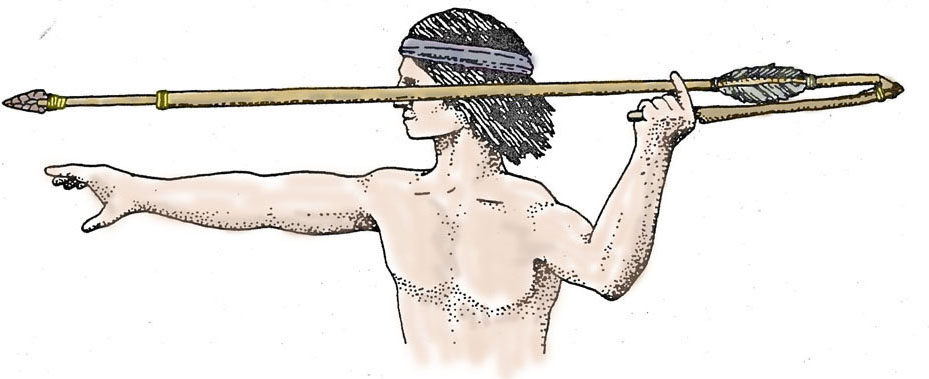
More specifically, the handle in which the spear is cupped is an atlatl. Humans have been using devices like this for hunting and warfare for around 30,000 years. “Atlatl” is the Aztec terminology, but it has been called “amentum” by the Romans , “woomera” by Australian Aborigines, and “ankule” by the Greeks.
It is a testament to human ingenuity.
Let’s be clear: it’s essentially a stick. But this stick, employed just so, dramatically increases the power and accuracy of a projectile. Modern versions, made of carbon fiber and aluminum, can launch a spear 850 feet. By comparison, the record distance for the javelin throw is 321 feet.
Those extra 529 feet can be accounted for through the beauty and elegance of Sir Isaac Newton’s Laws of Motion. A throwing spear has a metal or stone tip, shaped and sharpened to cut and pierce. This shaped point, by virtue of its material, is more massive (m) than the butt-end of the spear. Consequently, the same force (F) applied to both ends would cause the butt-end to accelerate (a) faster. F=ma, says Newton.
Picture this: a swing of the atlatl causes the butt-end of the spear to accelerate. The more-massive pointy end resists acceleration, building speed more slowly than the less-massive butt-end. With the back end moving faster than the front, the spear bows.
That bowing action converts the kinetic energy of the swing into potential energy stored in the tensile fibers of the spear’s shaft. At the last moment of contact between spear and spear thrower, the shaft unbows, converting its stored, potential energy back to kinetic energy and adding it to the overall acceleration of the spear.
Brilliant, right? It’s just a stick! How did humans 20,000 years before the invention of agriculture come up with such an ingenious little device?
Maybe because most of your joints operate on the same principle.
Did anyone happen to notice the Greek term for these spear throwers? Ankule. If you’re thinking that sounds suspiciously like ankle, you’re exactly right, and it’s not an accident.
You’re right, that is amazing!
Most of the force that accelerates your stride is free, granted to you through simple physics and the specific arrangement of the handful of oddly shaped sticks that make up your skeleton.
Thanks, Newton, much obliged.
It works like this:
When you take a step, your center of gravity shifts forward, leaving your other foot behind you. At that moment the body weight that is ahead of the trailing ankle joint is much greater than the body weight behind it and, with the knee bent, leverage is produced, like a pair of scales with a brick in one tray and a marble in the other:
The ball of the great toe acts as a fulcrum, where the normal force continues to resist the force of gravity as the inequity of mass created by your body position converts potential energy into kinetic energy, or forward motion. The foot then swings in an arc that drives the rear foot into the tibia’s less-massive end, just like an atlatl into the base of a spear.
At the other end of the tibia is your knee and, of course, the rest of the body, which is dramatically more massive than the end being acted on by the swing of the foot. This massive end resists acceleration, building speed slowly, while the base accelerates quickly.
But the tibia is a much more advanced piece of engineering than a spear. The tibia doesn’t just bow; it coils. Both the bone itself and the soft tissues surrounding it—joints, fascia, and muscle—compress like a steel spring, storing up all that free energy generated during those first few moments of your gait.
When the alignment is right, the tibia and all its associate tissues rapidly uncoil, unleashing the potential energy stored within as a pulse of kinetic energy driving the knee joint, and the rest of the body, forward.
Oh man, but it only just started to get cool.
As a piece of technology, the atlatl has been improved many times over the past 30 millenia. One such advancement was the addition of a weight to its distal end.
The weight converted the atlatl from a simple lever to an energy storage device in itself. Just like the spear, with its disparity of mass between the butt and pointy ends, the stone-encumbered end of the atlatl would now accelerate more slowly than the handle, bowing the atlatl, storing energy therein. The force of the swing is now compounded twice—with explosive results.
Look again at a human foot:
See anything that looks like a big, heavy stone attached to one end?
The calcaneus, or heel, does to the human foot exactly what a stone does to an atlatl: allows energy to be stored in the lever. Only our heel does it better because, in addition to bowing, it also coils, just like the tibia.
Lets go back to that step we discussed earlier. After the weight of the body is shifted forward and the trailing knee bends, the ankle is compressed into what’s called dorsiflexion. When dorsiflexed, the foot is flattened and the heel is rotated into its lowest energy state, eversion.
As the knee continues to move forward, the foot swings over the ball of the great toe. The calcaneus, like the stone, makes the rear foot more massive than the forefoot, and more resistant to acceleration; once again, this disparity of acceleration creates a bow.
This bow is otherwise known as the arch of your foot.
As the tibia uncoils, releasing all of its stored energy and driving the forward motion of the body, the arch continues to compress. At its maximum potential energy, the heel is coiled tightly into a powerful position called inversion.
When the great toe lifts off the ground, the arch uncoils, firing the trailing leg forward like a cannonball. When it lands, arch flattened, heel everted, it’s prepared to catch the weight of the body and absorb all those free ground forces and start the process again.
And while this is incredibly cool, all by itself, the real genius of the human skeleton is not that it can harness huge amounts of free energy to accelerate the body through space, but that it can do so repeatedly. Built into the system is its own retrieval mechanism, storing just enough energy from each step to prepare for the next one.
You can throw a spear once. A healthy, active adult takes around 10,000 steps a day.
So the next time you think taking a walk is a boring form of exercise, keep in mind that the structures that allow you to walk are some of the most elegantly designed energy storage devices you’ve probably ever used. Every step you take contains more power—totally irrespective of the strength of your muscles—than hurling a spear over two and half football fields.
Happy walking!

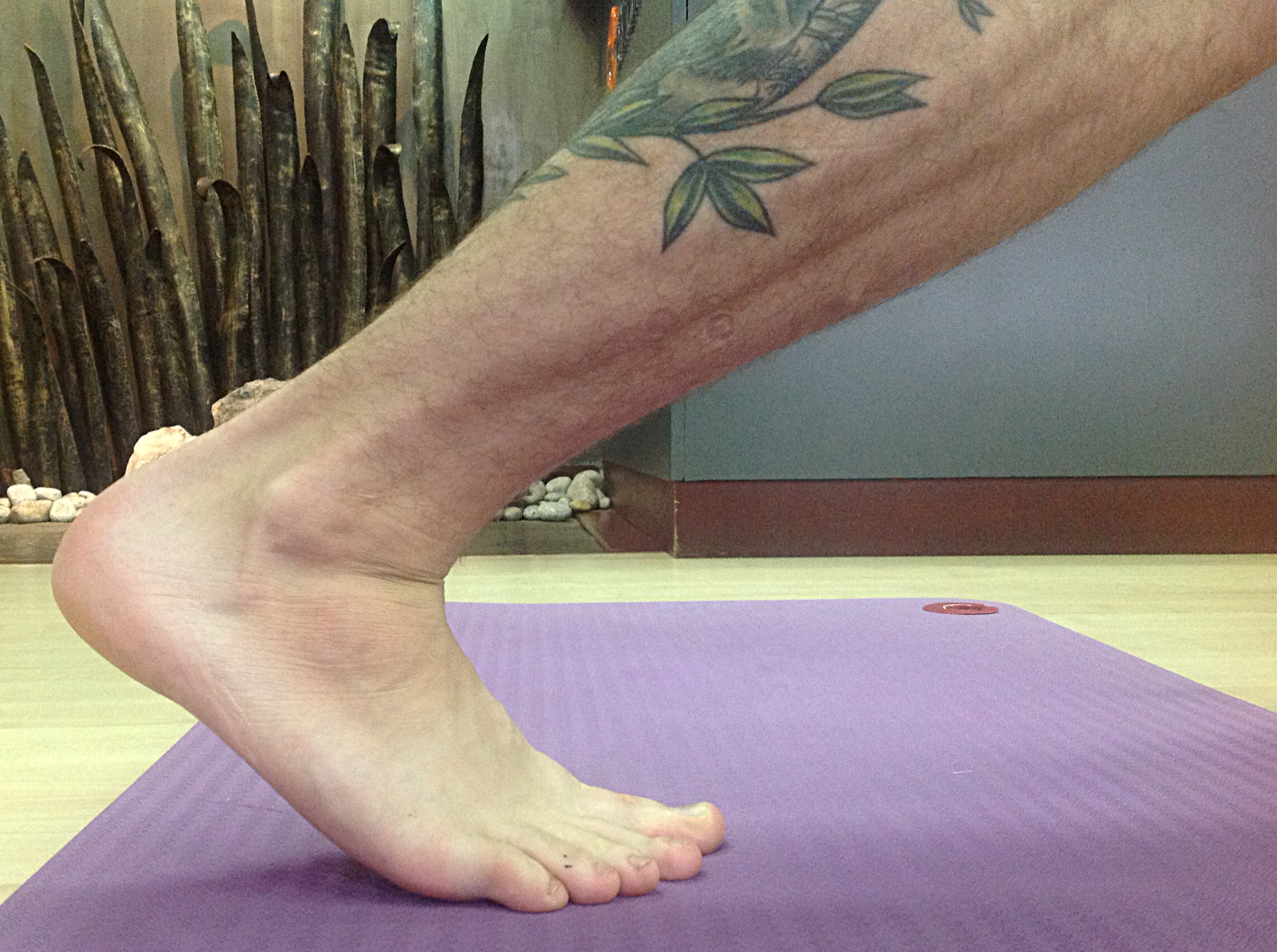
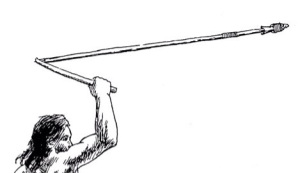




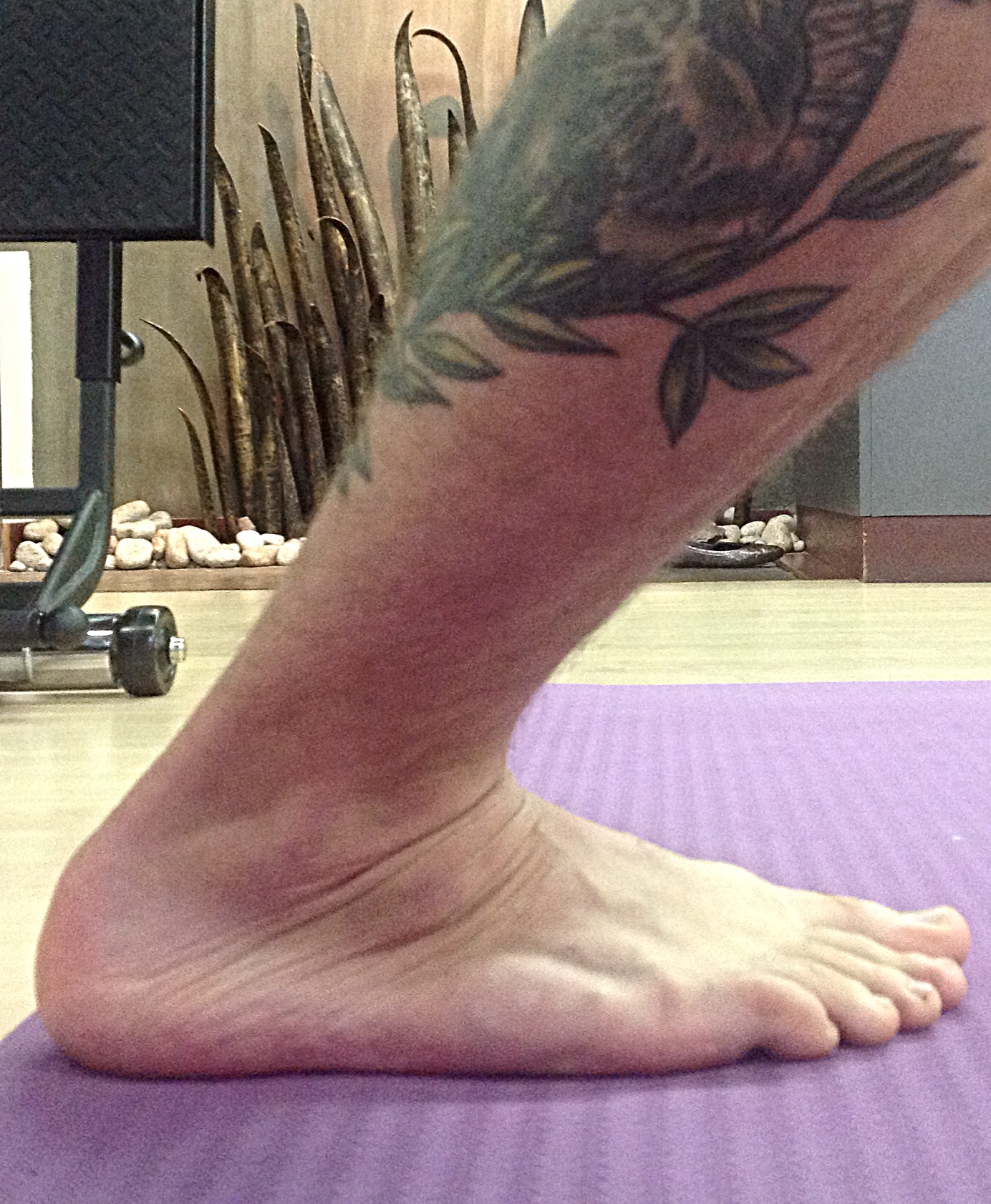

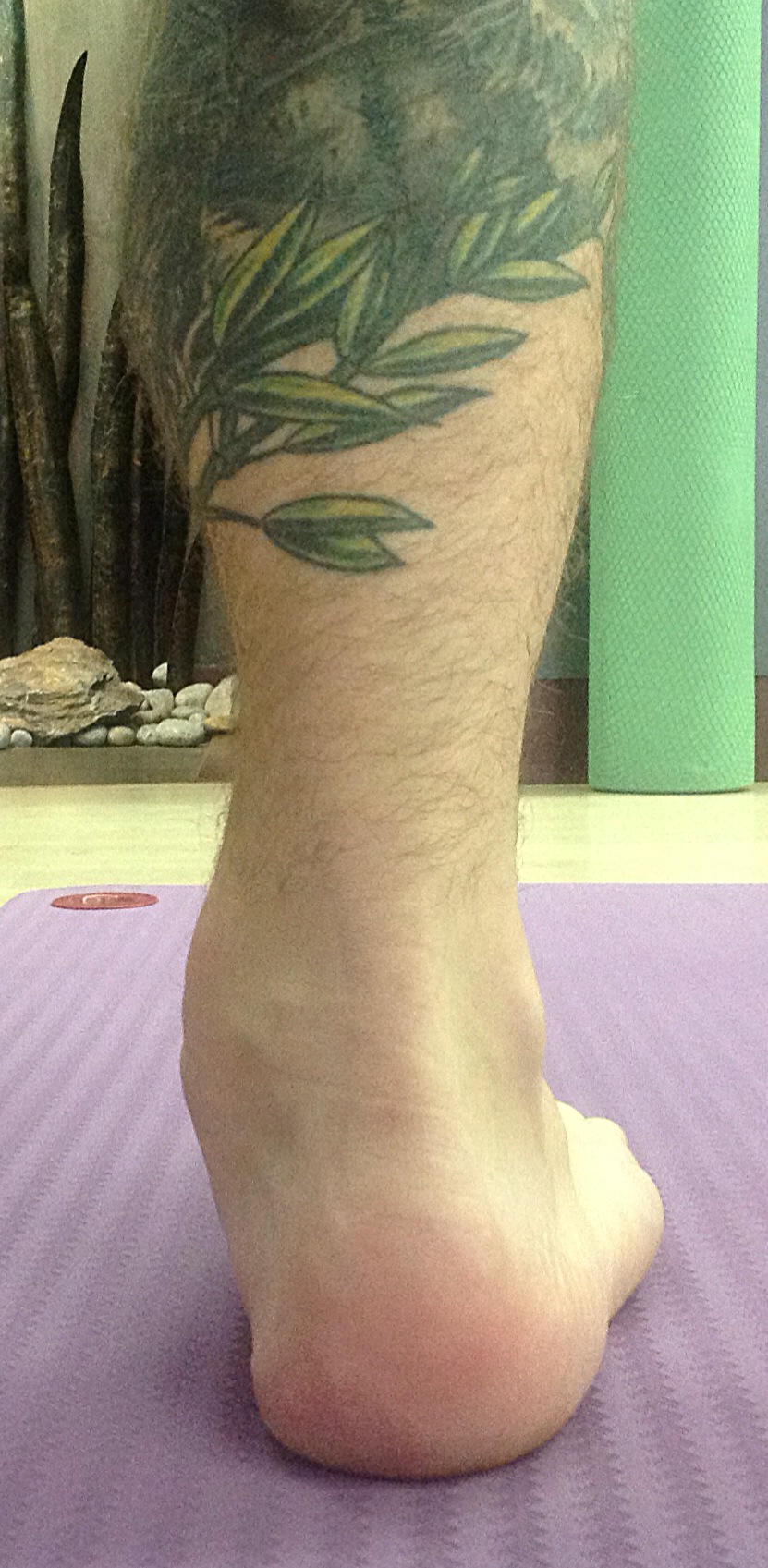
Sore Wrists During Push ups? Let’s Fix That. | Reembody
[…] more, dorsiflexion of the wrist is mechanically similar to dorsiflexion of the ankle, in that it provides the initial leverage which drives upper-body strength. In addition to […]
3 Ideas That Will Change the Way You See Your Body (Part 2!) | Reembody
[…] that heel bone lever we just talked about? Well the ankle is the next stop for the force generated there. Let’s see what we can do with […]
How Knees Work (And How to Make Them Work Better) | Hiit Blog
[…] you’ve read just about any of my other articles, then you’re well aware of the super-cool, force-muliplying function of […]
How Knees Work (And How to Make Them Work Better) | Reembody
[…] you’ve read just about any of my other articles, then you’re well aware of the super-cool, force-muliplying function of […]
theblogofpumba
Isn’t it a privilege to be the operator of such a beautifully complex, yet efficient and economical machine?